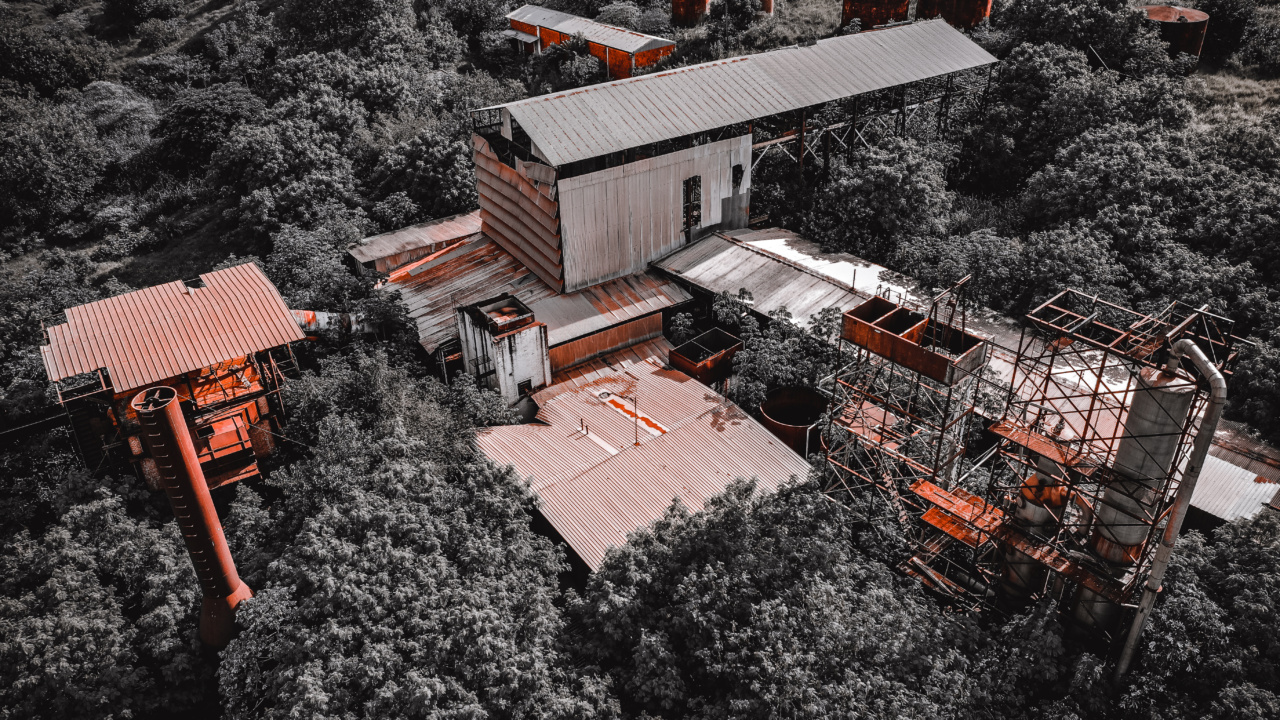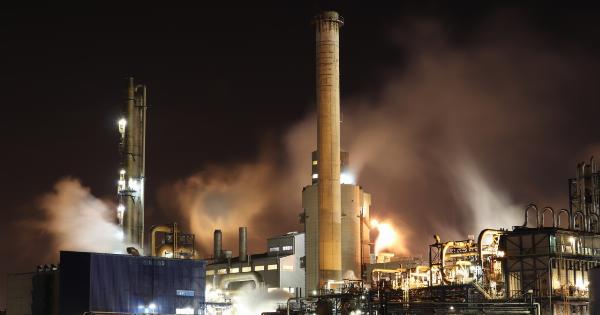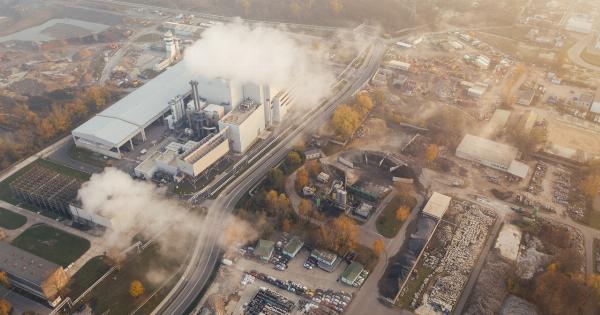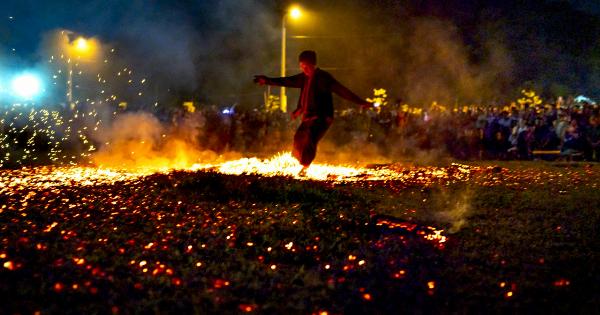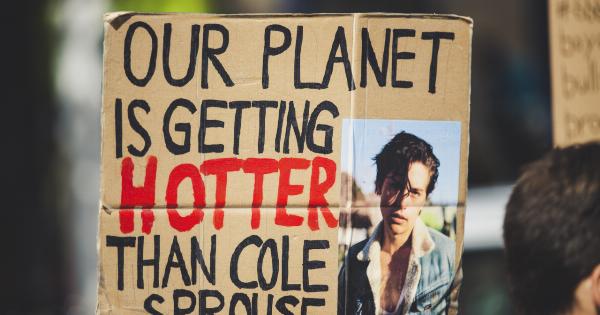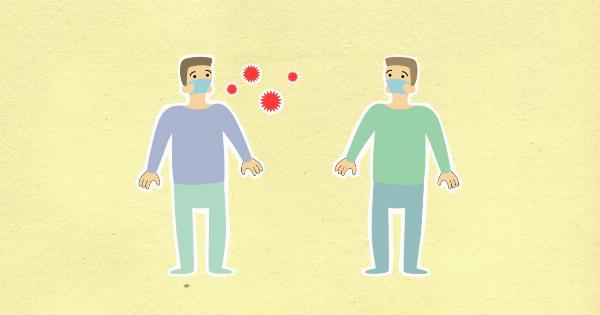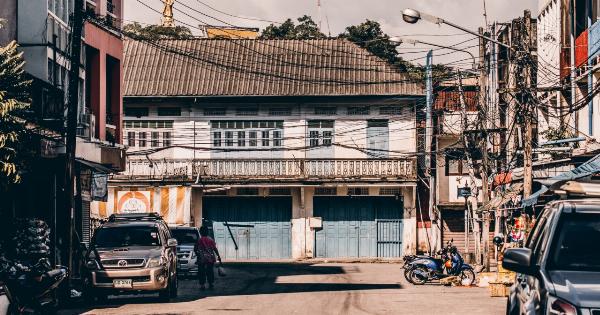Controversial Coal Plant Faces Setbacks in Giannakou
The construction of a controversial coal plant in Giannakou has faced several setbacks and opposition from local communities and environmental activists.
The proposed coal plant, which aims to generate electricity by burning coal, has been met with widespread criticism due to its potential adverse effects on the environment and public health. This article explores the current status of the project and the reasons behind the opposition it has faced.
1. Environmental Concerns
One of the primary reasons for the opposition to the coal plant is its significant environmental impact. Burning coal releases large amounts of carbon dioxide, a greenhouse gas that contributes to climate change.
The emissions from the plant could worsen air quality and have detrimental effects on the surrounding ecosystems, including nearby forests and water bodies.
2. Public Health Risks
The coal plant also poses serious public health risks. Coal combustion releases various pollutants, including sulfur dioxide, nitrogen oxides, and particulate matter.
These pollutants can have adverse effects on respiratory health and contribute to the development of respiratory diseases such as asthma. Additionally, the release of heavy metals and toxic substances from coal combustion can contaminate soil, water, and food sources, posing a threat to human health.
3. Community Opposition
Local communities in Giannakou have been at the forefront of the opposition against the coal plant.
Concerned residents fear the negative consequences the plant will bring to their quality of life, including increased pollution, noise levels, and potential harm to agriculture and tourism sectors. Community members have organized protests, signed petitions, and engaged in public awareness campaigns to raise their concerns and put pressure on authorities to reconsider the project.
4. Legal Challenges
The coal plant has faced legal challenges from environmental groups and affected communities. Lawsuits have been filed questioning the legality of the project’s environmental impact assessment and permitting process.
These legal challenges have resulted in delays and forced the project developers to reevaluate their plans and address the concerns raised by opponents.
5. Shift Towards Renewable Energy
An additional factor contributing to the setbacks faced by the coal plant is the global shift towards renewable energy sources.
As countries around the world prioritize the reduction of carbon emissions and transition to cleaner energy alternatives, the viability and necessity of coal plants have come under scrutiny. The decreasing cost and increasing efficiency of renewable energy technologies have made them a more attractive and sustainable option for power generation.
6. Public Awareness and Activism
The growing awareness about the environmental and health impacts of coal has led to increased activism against coal projects globally, including in Giannakou.
Environmental organizations and concerned citizens have highlighted the dangers of coal combustion and advocated for cleaner and greener energy alternatives. This increased public awareness and activism have played a crucial role in challenging the coal plant and pressuring decision-makers to consider alternative energy options.
7. Governmental Intervention
The opposition to the coal plant has also prompted governmental intervention.
Local and national authorities have recognized the concerns raised by the community and environmental groups and have initiated investigations into the project’s compliance with environmental regulations. Governmental scrutiny and involvement have further slowed down the progress of the coal plant and opened up possibilities for a more thorough review of its environmental impact.
8. Economic Considerations
Economic considerations have also played a significant role in the setbacks faced by the coal plant.
The decreasing cost of renewable energy technologies, coupled with the potential long-term economic benefits they offer, have made coal plants less financially appealing. Investing in renewable energy infrastructure has the potential to create more jobs and contribute to local and national economic growth, providing an incentive for policymakers to favor cleaner energy options.
9. International Pressure
International pressure has also contributed to the challenges faced by the coal plant in Giannakou. Many countries and international organizations have committed to reducing their carbon emissions and transitioning away from coal.
This global trend has put pressure on countries still relying on coal, and projects like the one in Giannakou have faced criticism and scrutiny on the international stage. Public pressure and potential reputational damage have influenced decision-makers and caused them to reassess the viability of the project.
10. The Future of the Coal Plant
The future of the controversial coal plant in Giannakou remains uncertain. The ongoing opposition, legal challenges, environmental concerns, and the global shift towards renewable energy sources have undoubtedly impacted the progress of the project.
Whether the coal plant will eventually be abandoned, modified, or replaced by a cleaner energy alternative will largely depend on the determination and persistence of the opposition, as well as the willingness of authorities to prioritize sustainable development.
Conclusion
The controversial coal plant in Giannakou has faced significant setbacks due to environmental concerns, public health risks, community opposition, legal challenges, shifting energy trends, public awareness, governmental intervention, economic considerations, and international pressure. The opposition to the coal plant highlights the growing recognition of the need for sustainable and cleaner energy alternatives.
The outcome of the project will have far-reaching implications for both the local community and the broader global efforts to combat climate change and transition to a greener future.
